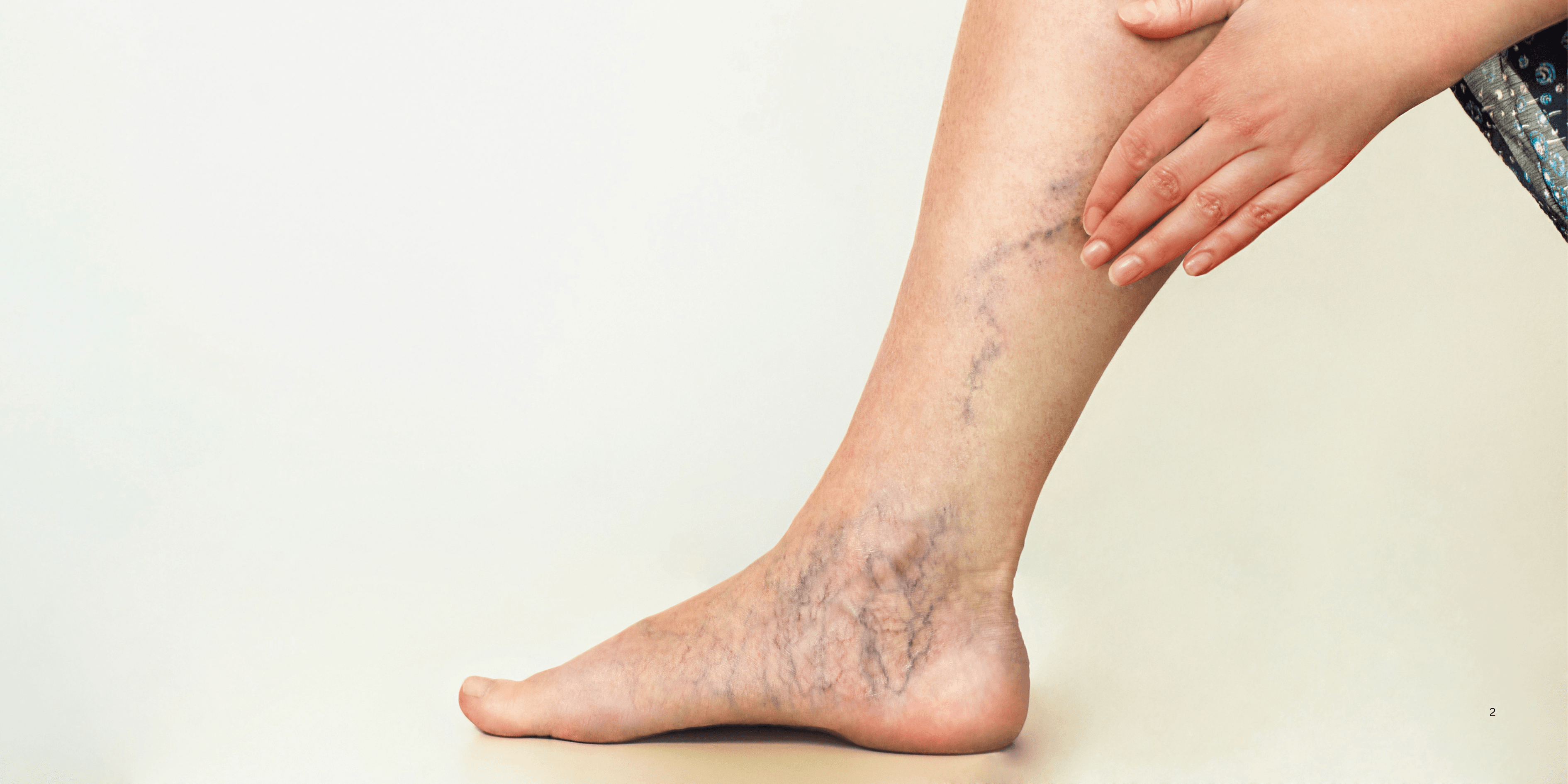
“
Preventing and managing varicose veins is essential for maintaining circulatory health and reducing discomfort over time. This guide introduces you to key strategies, insights, and lifestyle adjustments to support vein wellness naturally and effectively.1
1
”
Doctors emphasize gentle daily movement and walking to enhance venous return, helping prevent blood pooling and reducing the likelihood of varicose vein development. 1
Avoiding prolonged standing or sitting without breaks helps maintain healthy circulation and prevents excessive pressure on leg veins, essential in a preventive routine. 2

Engaging in low-impact exercises like swimming or cycling strengthens calf muscles, which act as natural pumps to push blood back toward the heart.
Maintaining a healthy weight reduces pressure on veins in the legs, lessening strain on vein walls and diminishing the progression of varicose veins. 3
Wearing compression stockings with a proper fit helps support vein walls, improve circulation, and reduce swelling or discomfort linked to varicose veins. 4
Elevating legs above heart level for brief periods several times daily helps reduce venous pressure and improves fluid drainage from lower extremities. 5
Avoiding tight clothes around the waist, groin, or legs prevents constriction of veins and encourages proper blood flow throughout the lower body. 6
A high-fiber diet rich in fruits, vegetables, and whole grains prevents constipation, reducing abdominal pressure that can worsen varicose veins. 7
Consuming flavonoid-rich foods like berries, citrus, and leafy greens supports vein elasticity and strengthens capillaries to mitigate vein enlargement. 8
Regular calf stretches and gentle leg exercises improve venous tone and flexibility, aiding in more efficient blood return from the legs. 9

Avoiding high-heeled shoes for prolonged periods helps calf muscles contract more naturally, benefiting circulation compared to stilettos or rigid heels.
Ensuring ergonomic workplace habits, such as adjusting seat height, helps maintain proper leg positioning, reducing unnecessary vein strain during long hours of sitting. 10
Incorporating periodic standing or walking breaks during extended travel or desk work minimizes venous stasis and supports overall vein health. 11
Avoiding excessive heat exposure, such as hot baths or saunas, prevents dilation of superficial veins, reducing the likelihood of vein visibility or swelling. 12
Breathing deeply and managing stress lowers blood pressure and venous tension, indirectly supporting healthier circulation in the legs. 13

Phlebologists may recommend minimally invasive procedures—like sclerotherapy or endovenous ablation—when lifestyle measures prove insufficient for symptom relief.
Consulting with a vein specialist helps tailor prevention and management plans, combining personalized strategies with evidence-based interventions. 14
Integrating antioxidant-rich green tea or dark chocolate in moderation supports vein integrity and vascular tone due to anti-inflammatory properties. 15
Philosophers remind us that long-term well-being stems from daily practices: simple habits like movement, nourishment, and attentiveness sustain both mind and body in harmony. 16
Finally, consistent application of these strategies over time builds a resilient foundation for venous health, enabling individuals to age with greater comfort and confidence. 17


